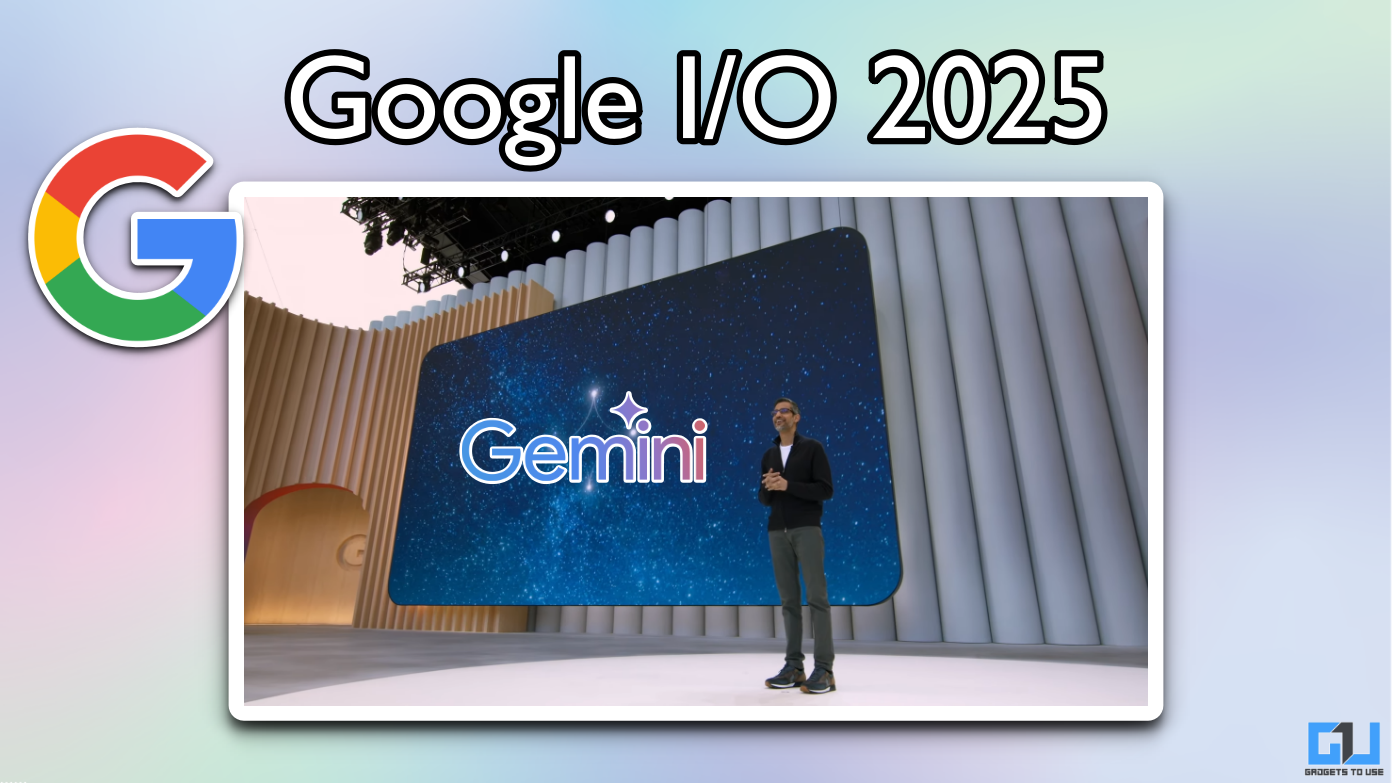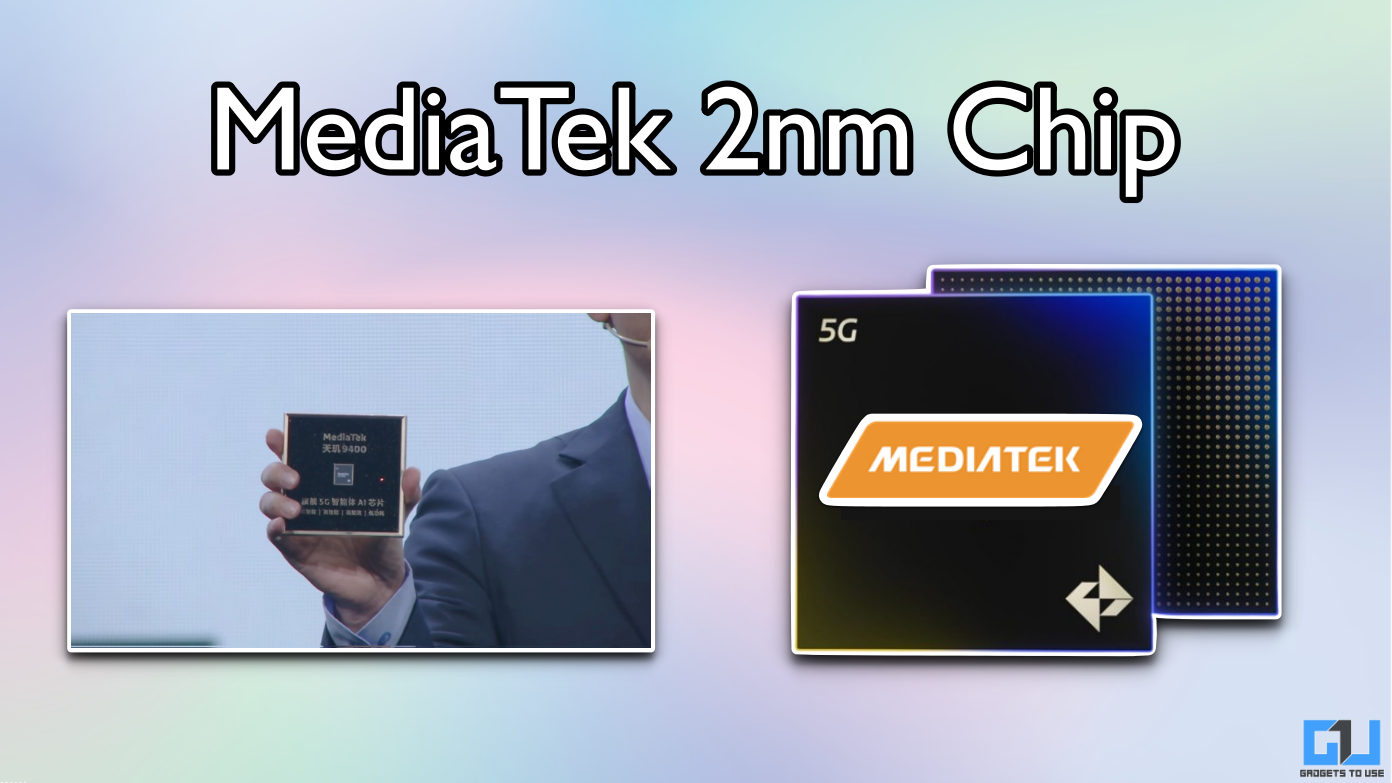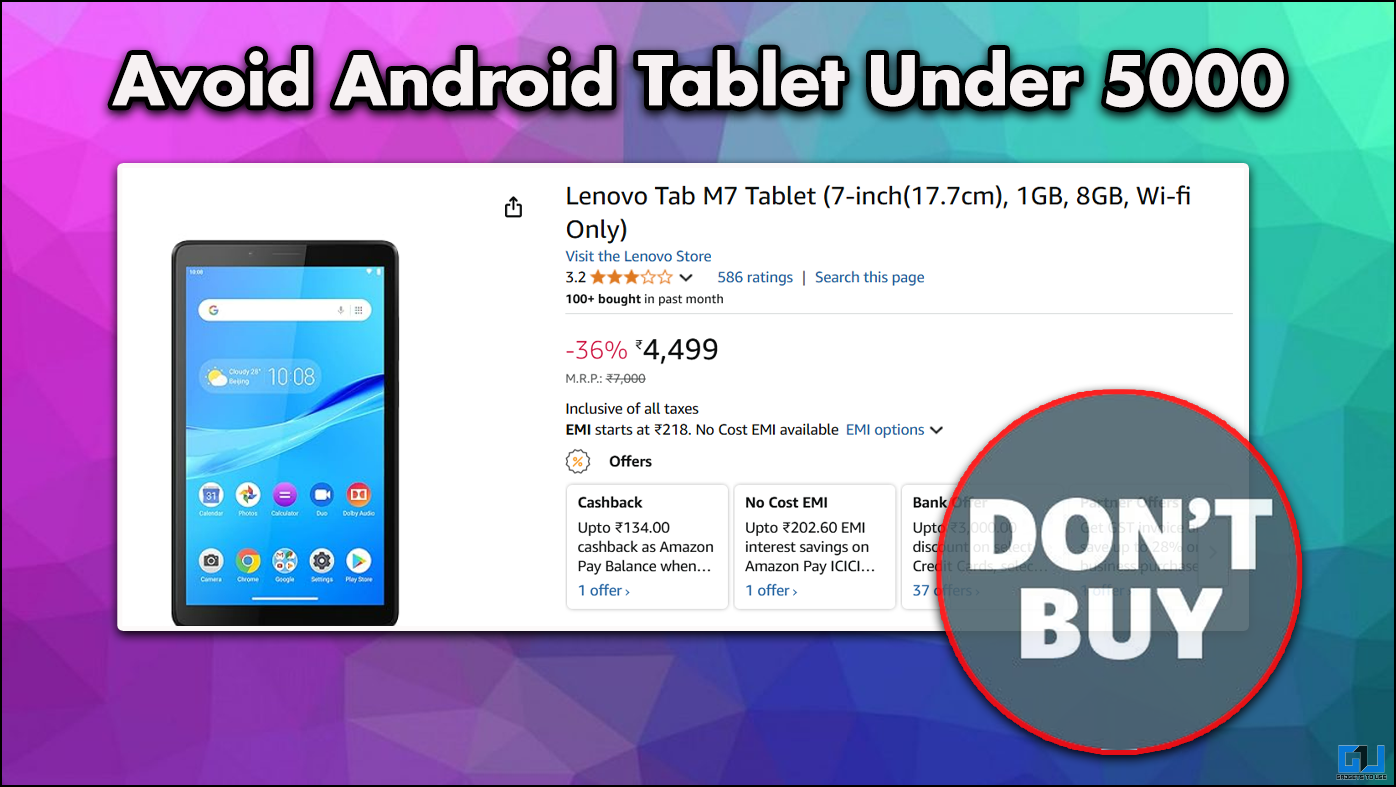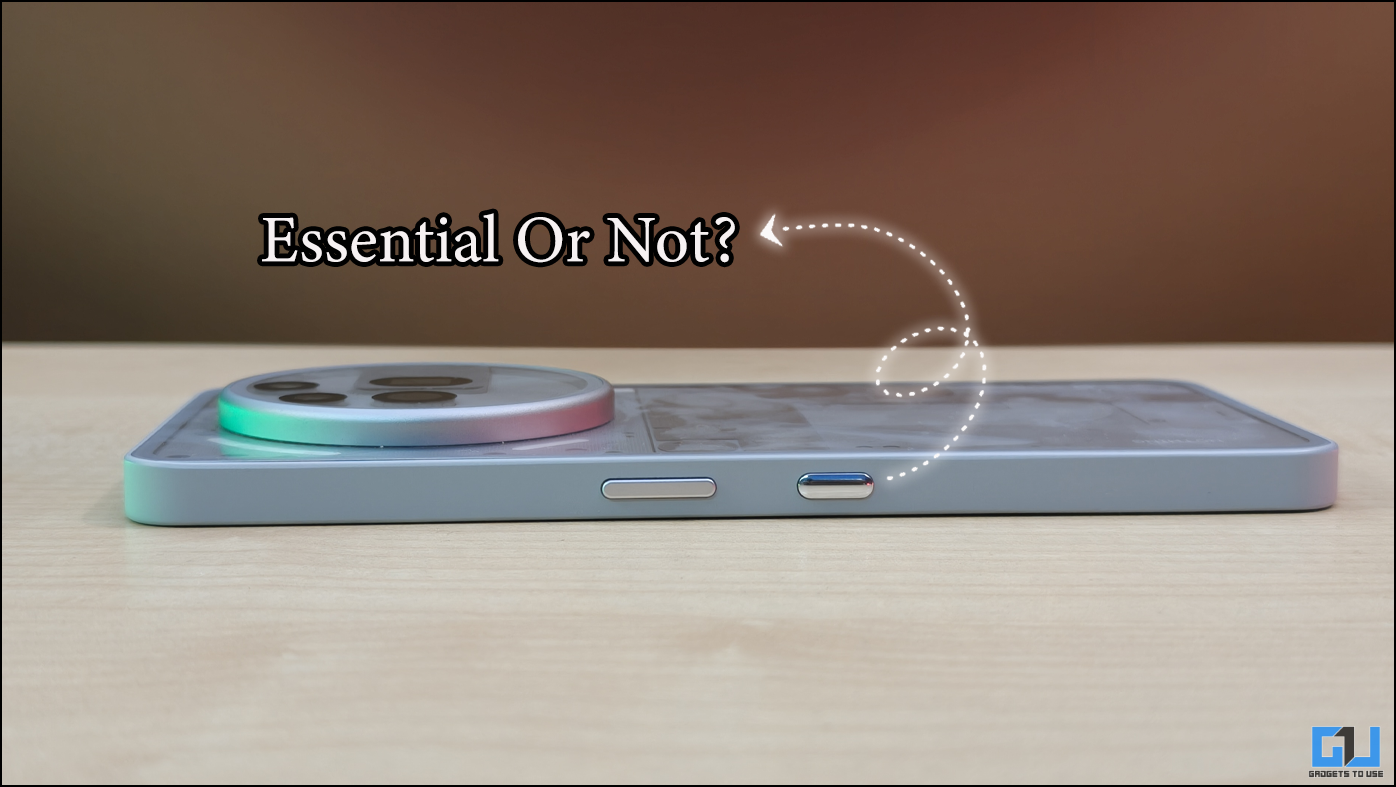Quick Answer
- The Mi Max 2 will suffice the need of a tablet and a phone at the same time.
- As we are done with the advantages of the Mi Max 2, let’s talk a bit about the downsides of the smartphone.
- To give you an idea about the battery life of the Mi Max 2, it can facilitate 57 hours of voice calling on a single charge.
Xiaomi has just finished launching the Mi Max 2 in China. The successor of the Mi Max comes with the same 6.44 inch giant display along with a whopping 5,300 mAh battery. While there is still no official confirmation about the India release date of the brand new phablet, let’s find out five reasons why the country needs the Mi Max 2.
Xiaomi Mi Max 2 Pros
Huge Battery and Super-Fast Charging Speed
This is the trump card of the Xiaomi Mi Max 2. The enormous 5,300 mAh battery not only offers exceptional power back but also charges quite quickly. To give you an idea about the battery life of the Mi Max 2, it can facilitate 57 hours of voice calling on a single charge. In comparison, the Samsung Galaxy S8+ dies out in just 24 hours.
Thanks to Qualcomm Quick Charge 3.0 combined with parallel charging, you can recharge the Mi Max 2 from 0 to 68 percent in an hour. Well, this may not sound fancy, but do note that you are filling 3600mAh of juice in just 60 minutes.
Flagship Grade Camera
The Mi Max 2 comes with a 12 MP rear camera powered by the Sony IMX 386 sensor. If you aren’t aware, the exact same sensor is also used in the Xiaomi Mi 6. With a f/2.2 aperture and 1.25μm large pixels, the primary camera of the Mi Max 2 is a gem. However, the lack of OIS (Optical Image Stabilization) is a drawback.
Speaking of video recording, the successor of the Mi Max can shoot both 4K footages at 30 fps and slow motion 720p movies at 120 fps.
Massive Display with Minimum Bezels
Well, this is the signature feature of the Mi Max series. The gigantic 6.44-inch display is not for everyone. But those who can handle this monster will know how useful the additional screen area is. The Mi Max 2 will suffice the need of a tablet and a phone at the same time. Moreover, the quality of the IPS LCD panel is top notch.
Storage
One of the best parts of the Mi Max 2 is that, even its base variant sports 4 GB of RAM and 64 GB of onboard storage. Most of the phones in this price range actually max out this configuration. The top model of the Mi Max 2 comes with a whopping 128 GB of internal memory. You will never run out of storage with Xiaomi’s latest phablet.
Full Metal Construction

Xiaomi has opted for a full metal unibody for the Mi Max 2. The phone features subtle antenna lines which run along its edges similar to the Apple iPhone 7 and 7 Plus. Nevertheless, the Mi Max 2 feels a lot more premium than its predecessor which rocks a metal back too, but with plastic inserts on the top and bottom.
Other Pros: Android Nougat with Multi-Window Support and Dual Stereo Speakers
With the Mi Max 2, Xiaomi has finally moved to Android Nougat. The smartphone runs on MIUI 8 and supports multi-window out of the box. Another notable thing about the phablet is the presence of stereo loudspeakers.
Xiaomi Mi Max 2 Cons
As we are done with the advantages of the Mi Max 2, let’s talk a bit about the downsides of the smartphone.
Substandard Processing Power
The Snapdragon 625 SoC inside the new Mi Max 2 is actually a downgrade from the original Mi Max. We just don’t know the reason why Xiaomi opted for the SD 625 when there is Snapdragon 660 in the market.
While some like to argue that the former is better in terms of battery, the difference is actually far less to be taken into account. The main reason is that the SD 660 SoC is made using the same 14 nm FinFET process of the SD 625.
Should Be Priced Higher Than the Original Mi Max
The Xiaomi Mi Max 2 starts at a price of 1699 Yuan (Rs. 15,980 approx.) in China. This means it will easily cost Rs. 17,000 when it comes to India. The higher variant may cost even higher at around Rs. 20,000. We might not have taken this as an inflation only if Xiaomi didn’t go for the Snapdragon 625.














